
Medical staff at the People's Hospital of Yuping county, Tongren city, Guizhou province, care for newborns on Jan 2. The country's birth rate hit a new low in 2023. (HU PANXUE/FOR CHINA DAILY)
The makeover of a sculpture of a typical Chinese family at a park in Wuhan, Hubei province, soared to the top of microblogging platform Sina Weibo's trending list at the beginning of this year, generating 39 million views.
Created in 2017 and titled A Better Future, the stainless-steel sculpture was repainted green. But what was more eye-catching was the addition of two children to the original family of three, creating a family of five.
Guo Xue, the designer of the sculpture, told news outlet ThePaper.cn that he was asked by the park's management to update the sculpture to better reflect the beauty and happiness of family life in the new era.
This family sculpture mirrors China's efforts in recent years to encourage births, improve the national demographic structure and tackle population aging.
Despite numerous preferential policies rolled out across the country, the demographic curve continues a downward slide.
On Wednesday, the National Bureau of Statistics said the total number of people in China fell for a second consecutive year in 2023, dropping by 2.08 million, or 0.15 percent, to 1.409 billion.
It takes time for the incentives to change people's thoughts about having a baby later in life or not having one, experts said.
Following the issue of China's third-child policy in 2021, local governments have formulated detailed and tailor-made policies to foster a better social environment for having and nurturing babies.
In 2021, Panzhihua in Sichuan province proposed to give 500 yuan ($70) per month per child to local couples who have a second or third child until the children turn three years old, becoming the first Chinese city to allocate a parental allowance.
To encourage multiple births, Hinggan League in the Inner Mongolia autonomous region has offered a differentiated childcare allowance, giving 2,000 yuan for the second child and 3,000 yuan for the third.
In addition, the league has provided a 25-day paternity leave and prolonged the maternity leave period by an additional 30 days for mothers having a third child. Women now get 158 days maternity leave for their first or second child, and 188 for their third.
Considering the surging infertility rate in China, some regions have included auxiliary reproductive means in health insurance.
In July, Beijing added 16 therapeutic assisted reproductive services under its healthcare insurance system. The health department of the Guangxi Zhuang autonomous region started covering in vitro fertilization as well as other fertility services in November.
The Gansu government also announced it would reimburse fertility treatments starting in February.
"China's negative population growth coincides with global trends in population declines and thus cannot be used to judge the quality of the national fertility supporting policies," said Yang Fan, a researcher at the Population Development Studies Center at Renmin University of China.
Yang said that unlike some European countries and the United States, which have been experiencing a trend of later marriages and fewer childbirths for some time, China is only now entering that stage, and is inevitably showing a drop in the population.
Over 56 percent of people aged 25 to 29 in China were single in 2022, up from 48.7 percent the previous year, according to the 2023 China Population and Employment Statistical Yearbook. The percentage is 20 percent for people aged 30 to 34.
Guo Jiqiang, a professor at the School of Economics at Zhejiang University, said that the key to tackling population aging is enhancing people's willingness to give birth, especially the youth.
"China's second-child policy and third-child policy motivated more of those born in the 1970s to have children. Generation Z or so should be the backbone of fertility," said Guo, adding that apart from financial incentives, there should be more emotional guidance on the parent-offspring affection and raising children in preparation for senior life.
The upcoming Year of the Dragon may be a silver lining or a shot in the arm for growth prospects as there is a traditional preference for babies born in the Year of the Dragon, Zhai Zhenwu, president of the China Population Association, told Time News, a news outlet in Guangdong province.
Unlike the evil and cruel image associated with dragons in the West, dragons are widely considered auspicious in the East.
"We witnessed a small baby boom in 2012, the previous Year of the Dragon," he was quoted as saying. "We expect the same this year."









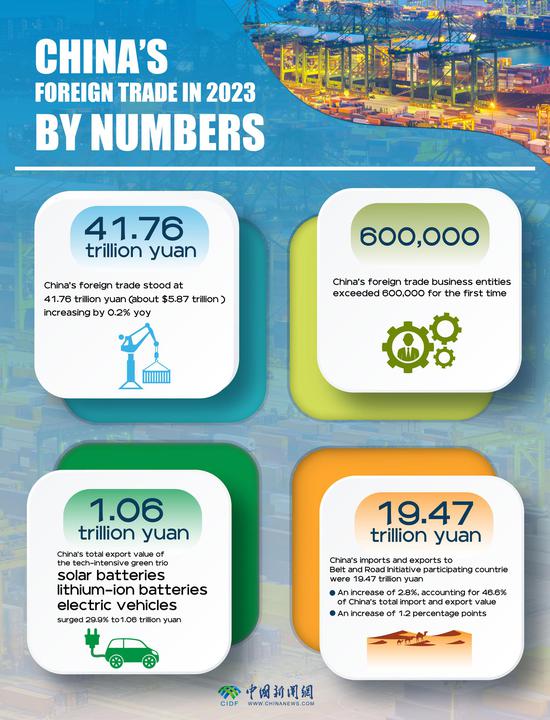









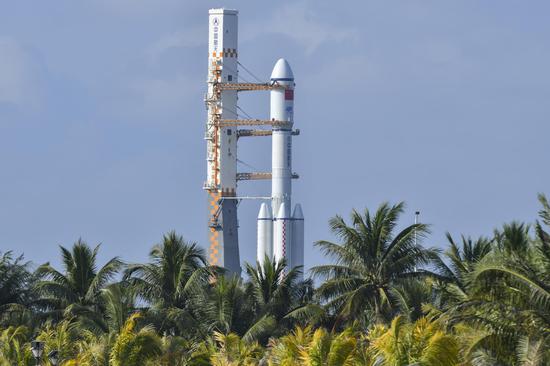















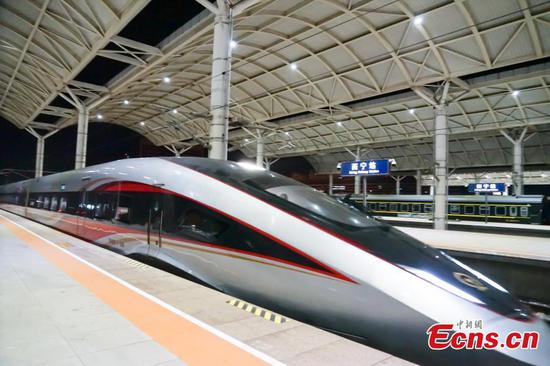




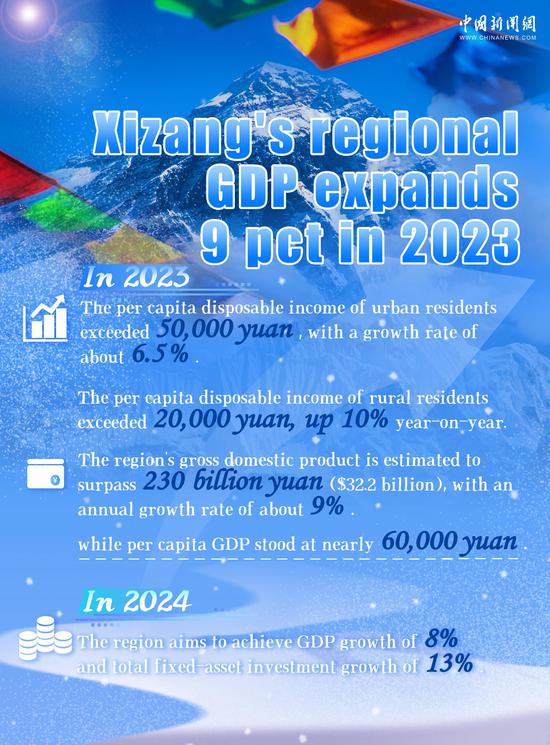

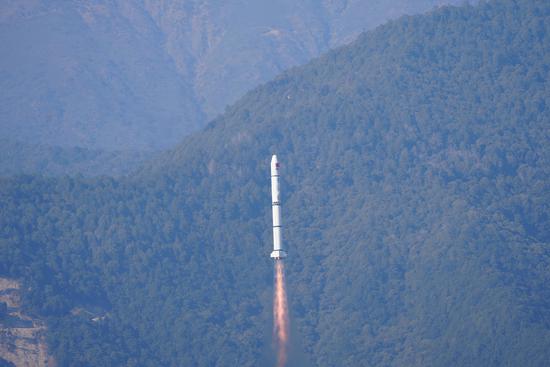







 京公网安备 11010202009201号
京公网安备 11010202009201号
